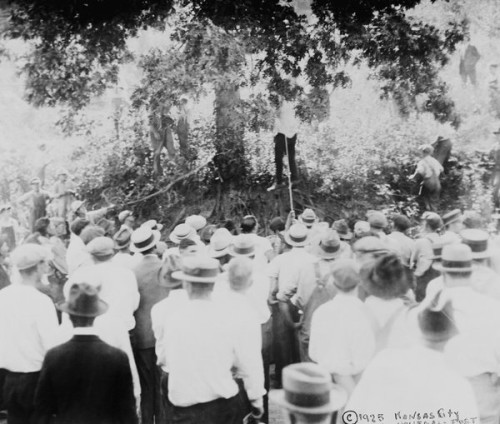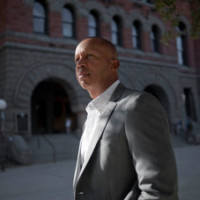History of Lynchings in the South Documents Nearly 4,000 Names
Share
Explore Our Galleries
Breaking News!
Today's news and culture by Black and other reporters in the Black and mainstream media.
Ways to Support ABHM?
By Campbell Robertson, New York Times
The sites of nearly every lynching in the United States are not marked. Bryan Stevenson believes this should change.
On Tuesday, the organization he founded and runs, the Equal Justice Initiative in Montgomery, Ala., released a report on the history of lynchings in the United States, the result of five years of research and 160 visits to sites around the South. The authors of the report compiled an inventory of 3,959 victims of “racial terror lynchings” in 12 Southern states from 1877 to 1950.
Next comes the process of selecting lynching sites where the organization plans to erect markers and memorials, which will involve significant fund-raising, negotiations with distrustful landowners and, almost undoubtedly, intense controversy.
The process is intended, Stevenson said, to force people to reckon with the narrative through-line of the country’s vicious racial history, rather than thinking of that history in a short-range, piecemeal way.
“Lynching and the terror era shaped the geography, politics, economics and social characteristics of being black in America during the 20th century,” Stevenson said, arguing that many participants in the great migration from the South should be thought of as refugees fleeing terrorism rather than people simply seeking work.
“Many of these lynchings were not executing people for crimes but executing people for violating the racial hierarchy,” noted Professor E.M. Beck of the University of Georgia, meaning offenses such as bumping up against a white woman or wearing an Army uniform.
The report released Tuesday has 700 names that are not on any previous lists, many of which Mr. Stevenson said were discovered during the compilation of the report.
To read the full article, click here.
For more Breaking News, click here.











Comments Are Welcome
Note: We moderate submissions in order to create a space for meaningful dialogue, a space where museum visitors – adults and youth –– can exchange informed, thoughtful, and relevant comments that add value to our exhibits.
Racial slurs, personal attacks, obscenity, profanity, and SHOUTING do not meet the above standard. Such comments are posted in the exhibit Hateful Speech. Commercial promotions, impersonations, and incoherent comments likewise fail to meet our goals, so will not be posted. Submissions longer than 120 words will be shortened.
See our full Comments Policy here.